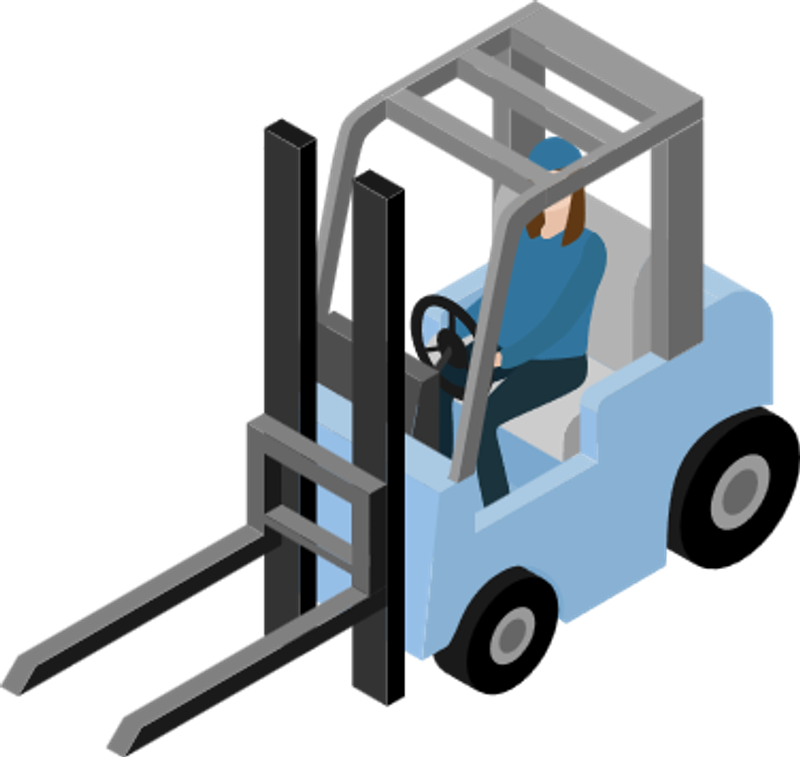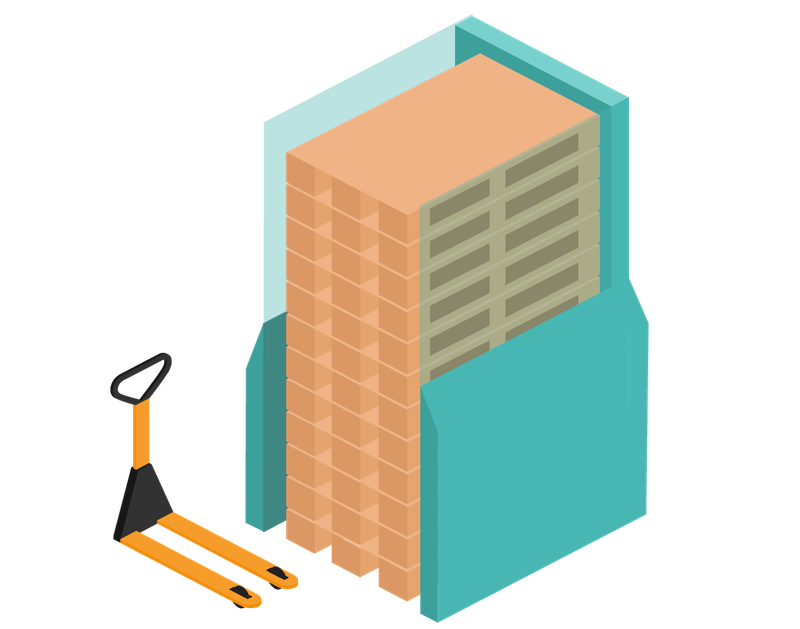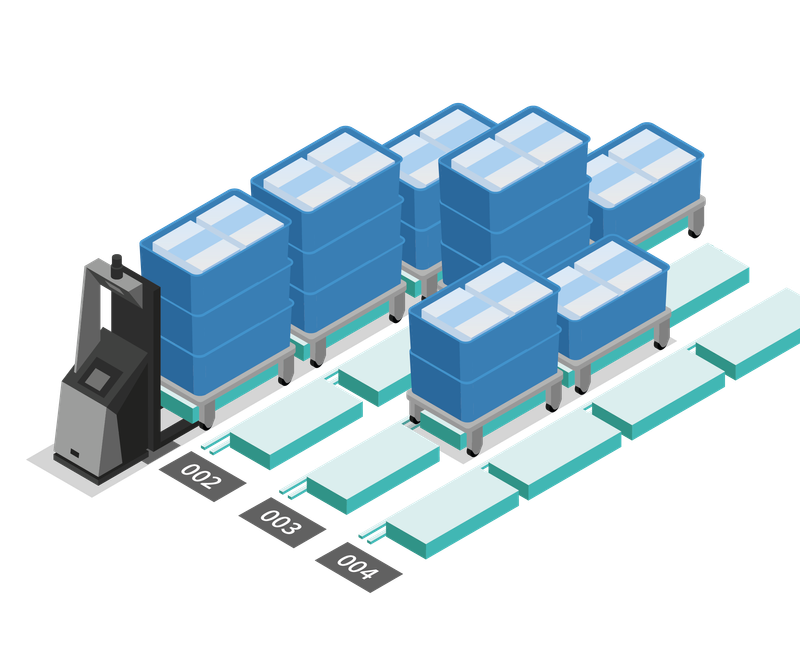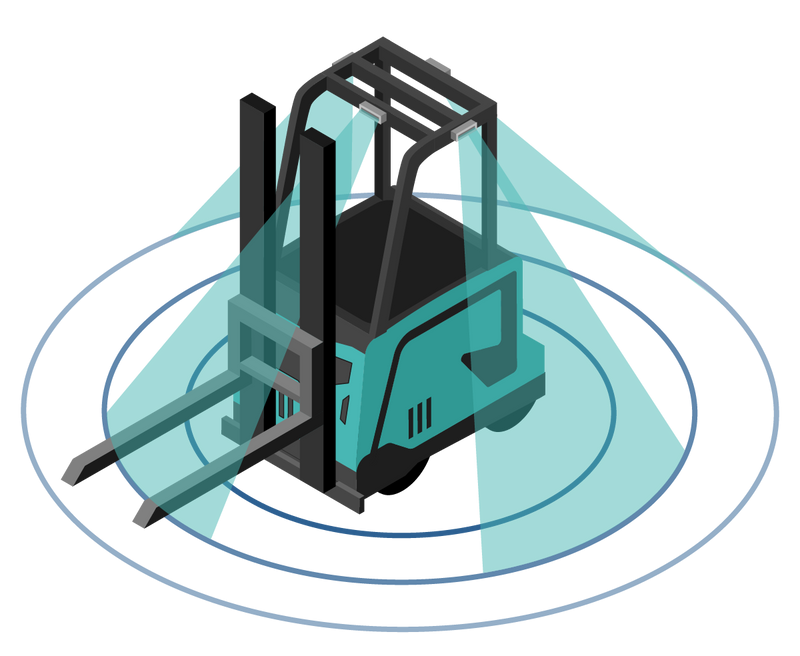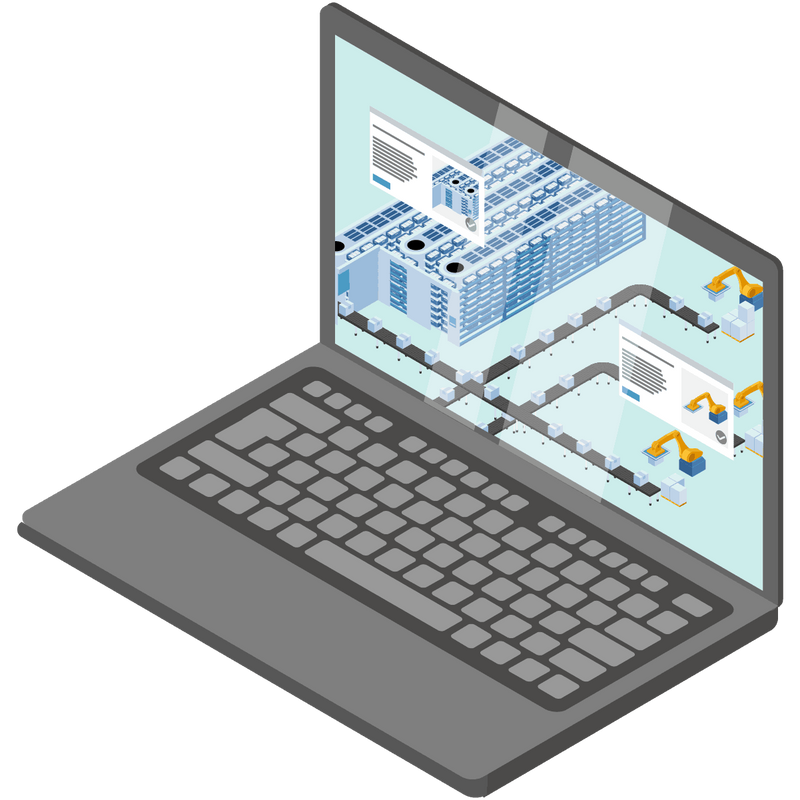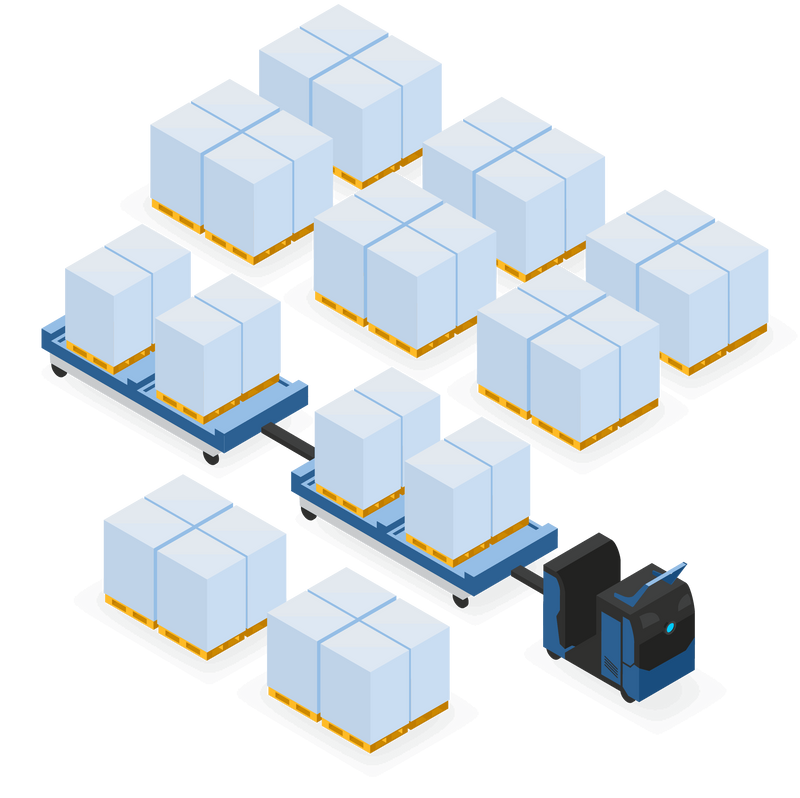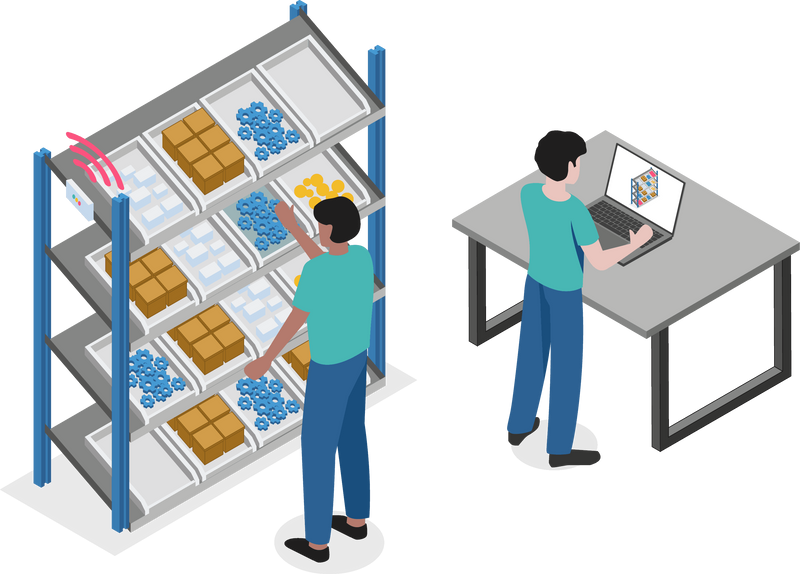1
Determination of the frequency of relapses
The first step is to work out how many times a day, on average, each member of staff has to fetch supplies.
A
Motion-Mining®
Motion-Mining® can be used to record how often the area of a replenishment is visited.
B
Process Observation and Time Recording
In a process observation, the frequency can be recorded using a tally sheet or app.
C
WMS Data Analysis
Replenishments usually need to be recorded in the system. Based on the replenishments per employee per day, it is possible to estimate how often the replenishment area is visited per employee per day.
2
Identify Additional Routes into the Replenishment Area
In addition to the time spent in the replenishment area, which usually cannot be reduced, a special process creates unnecessary paths to the area. The paths can also be determined in different ways.
A
Motion-Mining®
Within a Motion-Mining® project, special operations such as drive/walk into the area can be created separately. This allows the total effort for the special process to be determined.
B
Measure the Layout
An approximation of the distance can be obtained by determining the average paths in the layout. The next step is to multiply the average path length by the speed of the vehicle/person.
3
RoI calculation
The potential savings depend on the solution chosen. Depending on whether the frequency of use and/or the distance to the replenishment area is reduced, it is necessary to calculate how much time can be saved per person per day. The total potential is the savings per person per day multiplied by the number of working days and people per year. This is compared to the cost of the measure.

